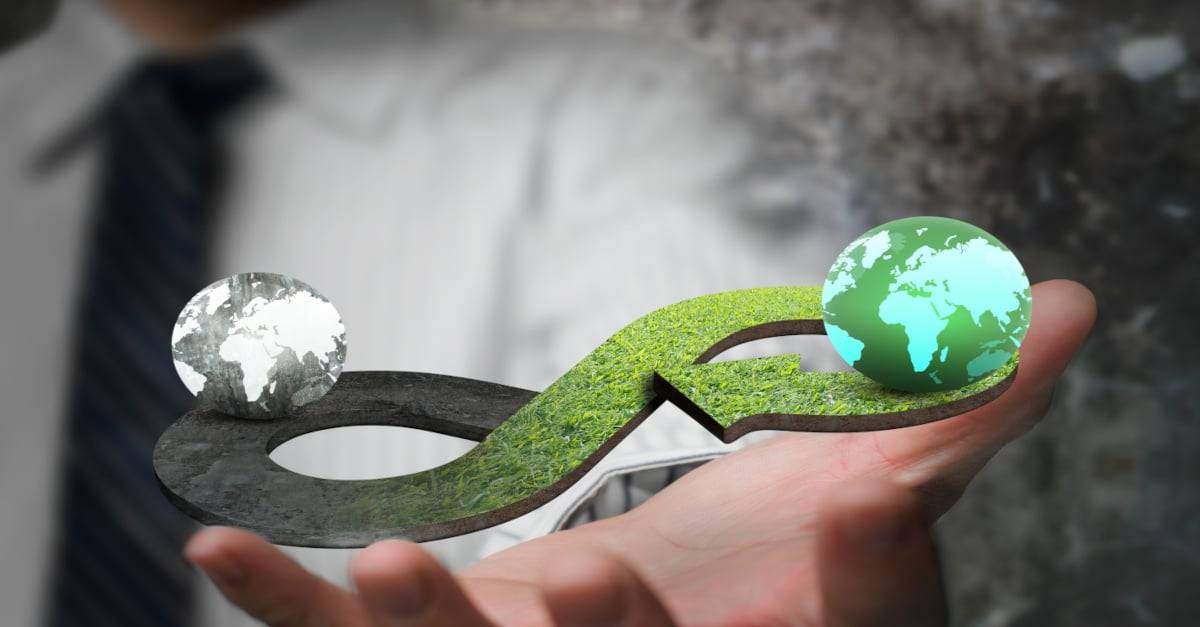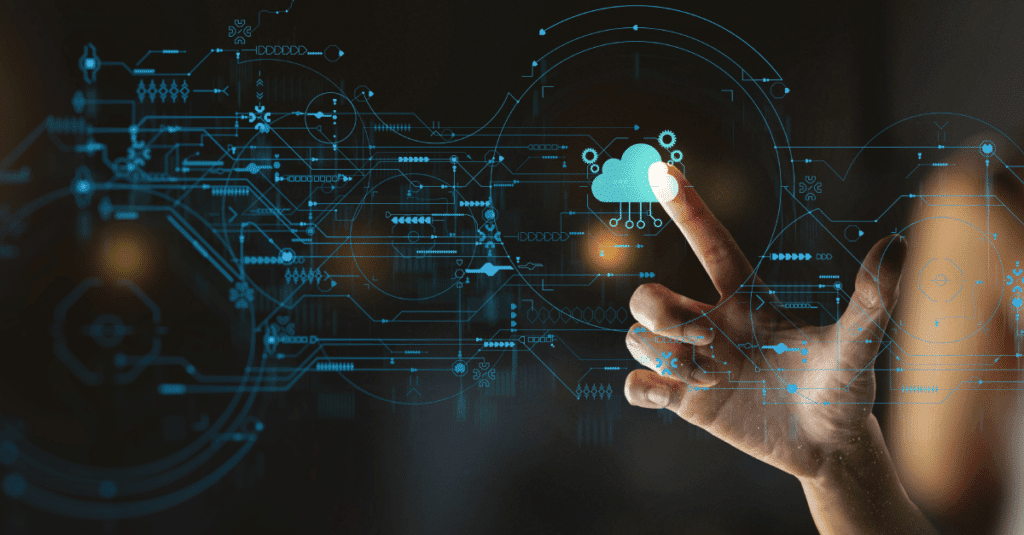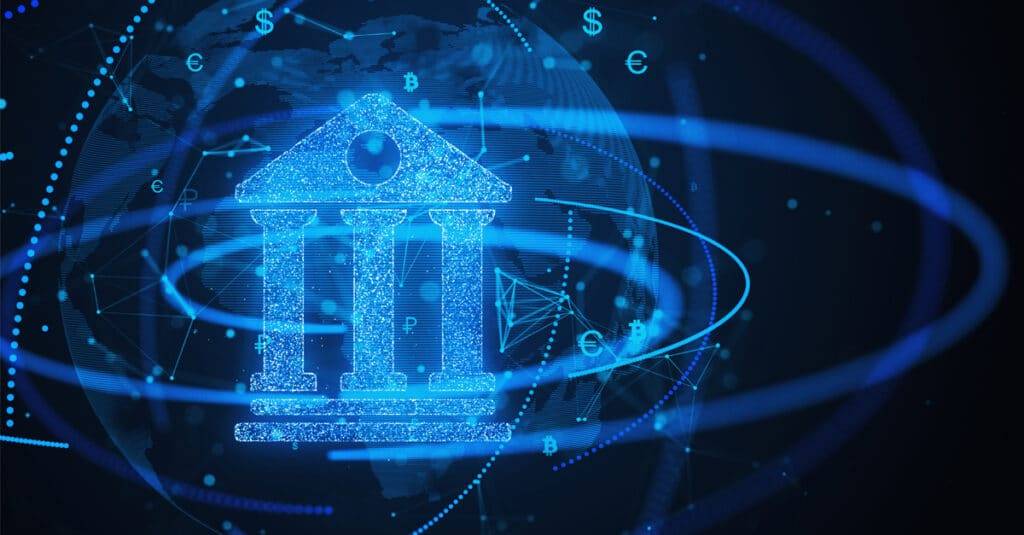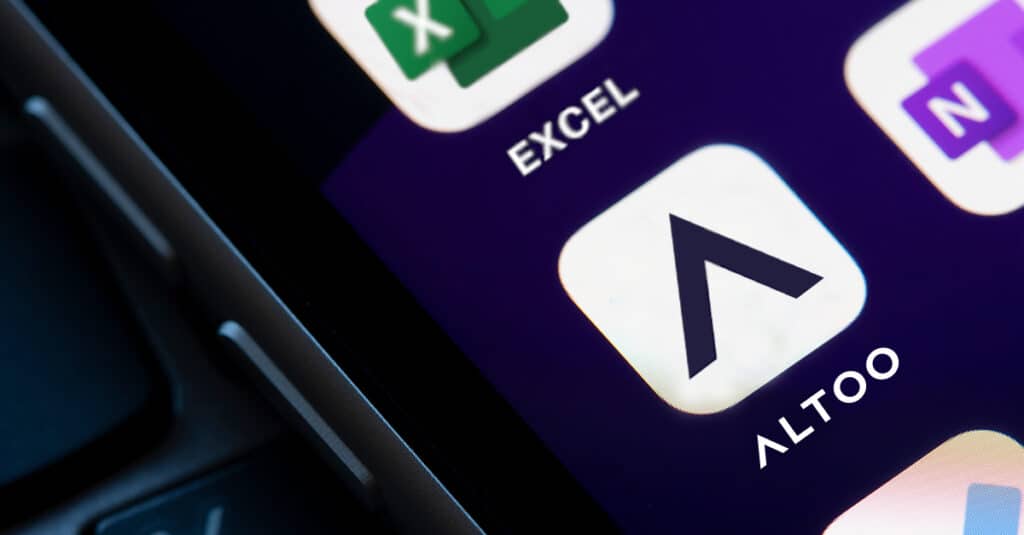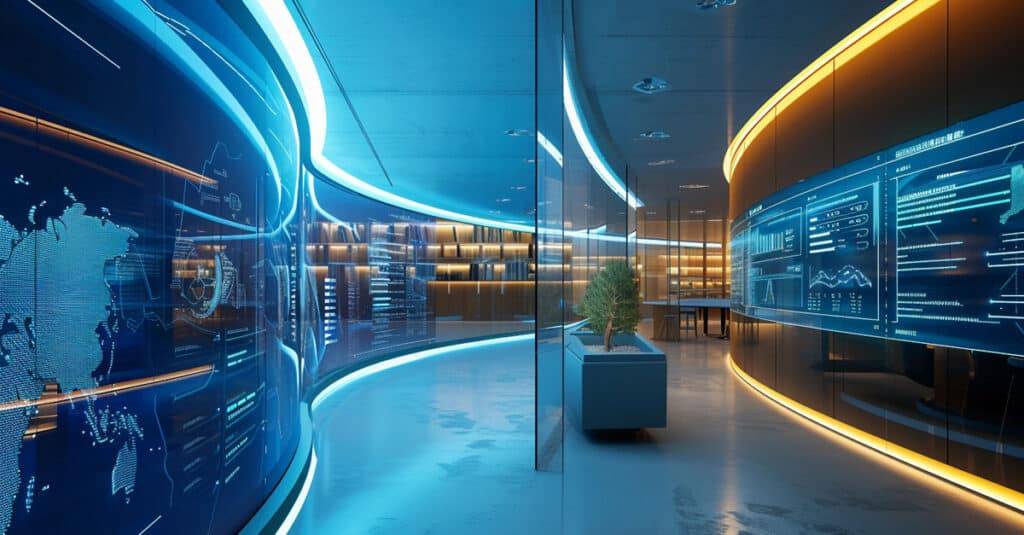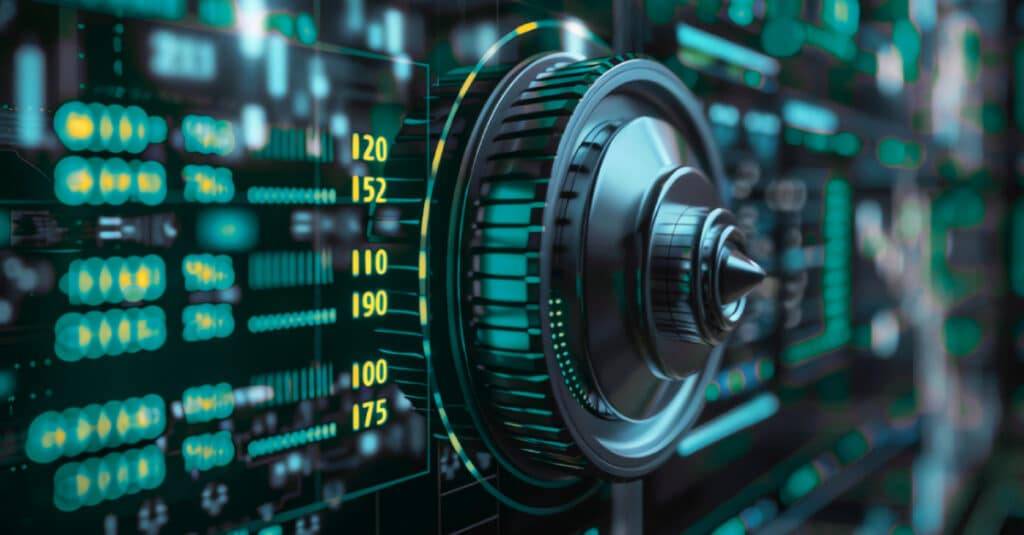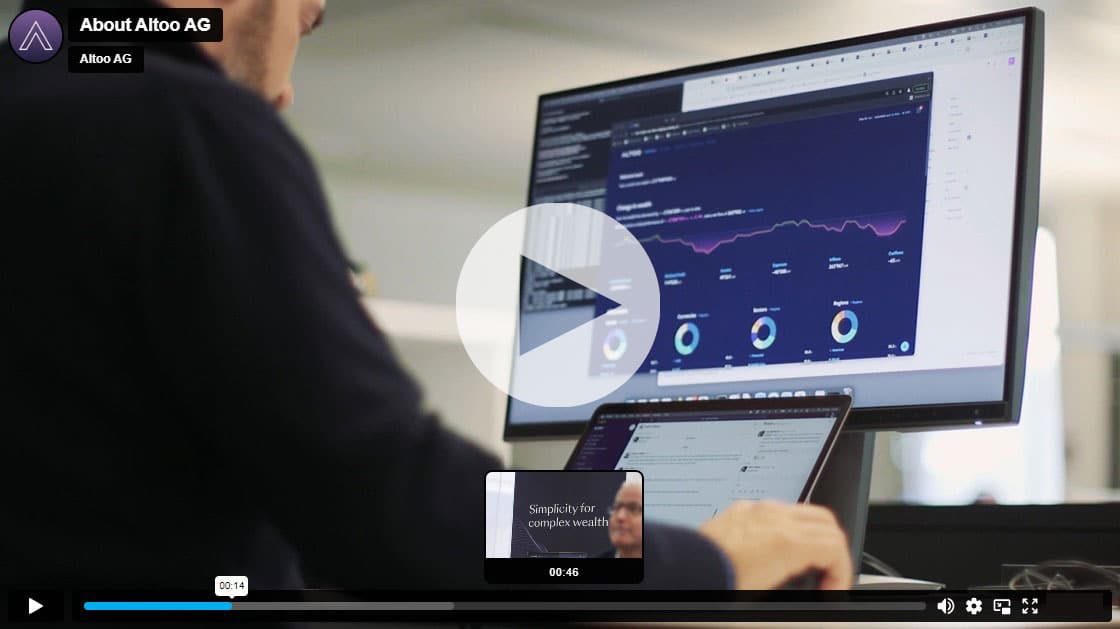What is Circular Economy?
The circular economy is a system that keeps resources in the economic or production cycle for as long as possible. It therefore seeks not to dispose of waste products immediately, but rather to use them as the basis for new products and to reintroduce them into the economic cycle. According to the EU, such an approach is needed because around 2.5 billion metric tons of waste are produced every year. According to the EU Parliament, the answer could be a circular economy that could reduce greenhouse gas emissions by around 2-4%, which would also mean net savings of €600 billion.
Linear Economy vs Circular Economy
The circular economy refers to a way of doing business in a closed loop. In contrast to the linear economy, little to no waste is produced, which means that no valuable materials are lost.
The linear economy is currently the most common type of economy. Here, resources are used for a product that cannot be returned to the cycle at the end of its useful life. For this reason, it tries to produce large quantities very affordably, using readily available materials and focus solely on economic growth.
The most sustainable form of economy is the circular economy. This is where products are remanufactured and, after use, upcycled and re-distributed.
Wealth Aggregation: Simple, Dynamic, and Secure Beyond Compare. Discover the Altoo Wealth Platform!
Circular Economy in the Business Environment
There is no one-size-fits-all approach to the circular economy. However, every company and every business sector can benefit from the circular economy. For existing products, the next step may be to review each stage of a product’s life cycle for optimisation potential. This can, for example, reduce material consumption or create new business models in the area of reuse or reprocessing. For new products, extended use and recycling can be considered at the design stage.
Furthermore, businesses in all sectors are increasingly orienting themselves towards a more sustainable way of doing business. For example, there are many software-based start-ups offering digital marketplaces for secondary materials or solutions in the field of sustainable products.
Circular economies also strengthen regional and local economies, which can ultimately benefit the company. Such an interaction has been observed in the Netherlands. There, the Port of Rotterdam has taken on the role of capturing CO2 from electricity generation and transferring it to local greenhouses. This strengthens the local partnership and creates a new source of income for the port. It also stimulates economic activity and support employment opportunities.
The circular economy is an important concept for a sustainable future. It refers to the flow of materials through an economy and thinking about the economic conditions that could make it happen. It is estimated that there will be no way around recycled materials and the circular economy in the future, as the pressures of limited resources, rising energy costs, supply constraints and related legislation increase.
